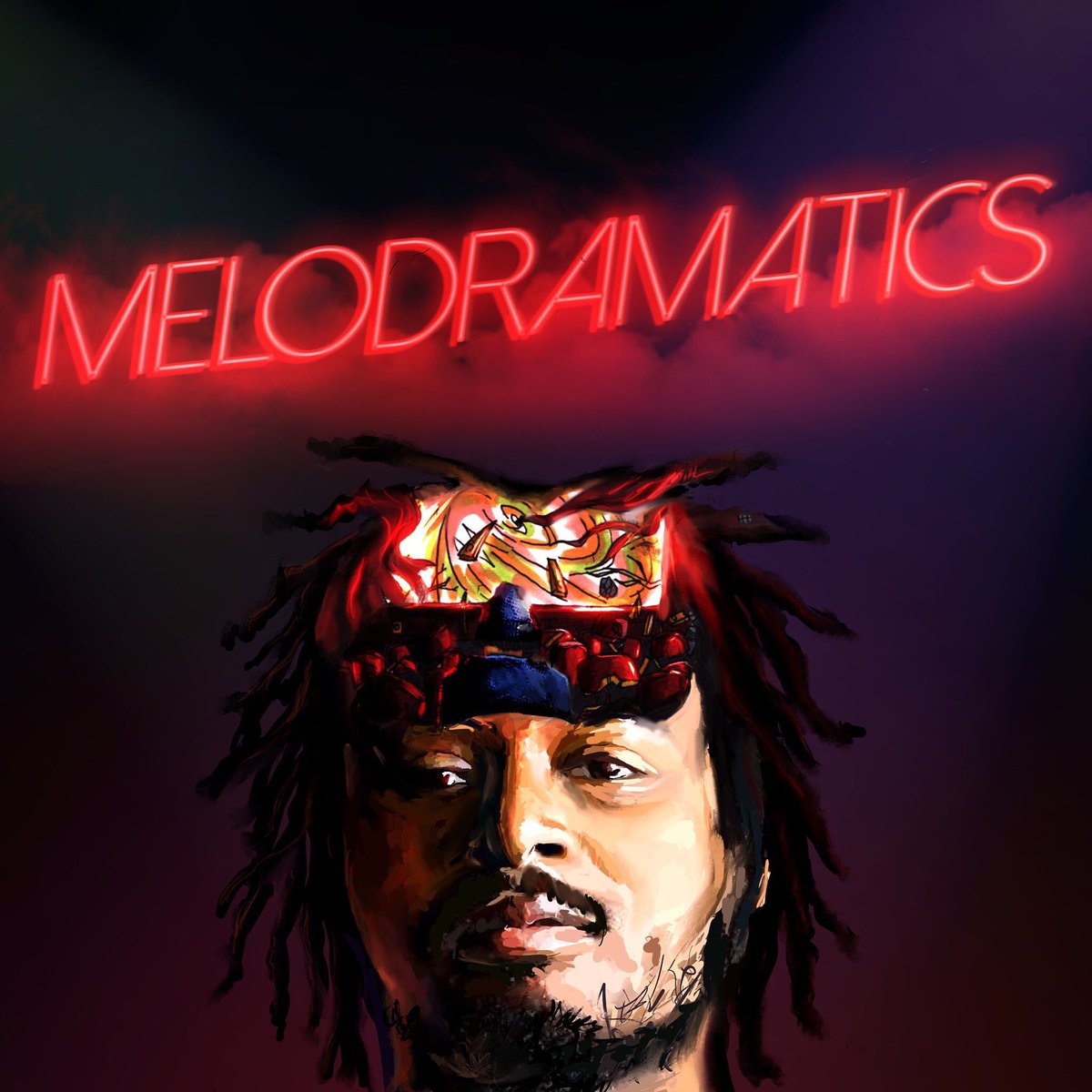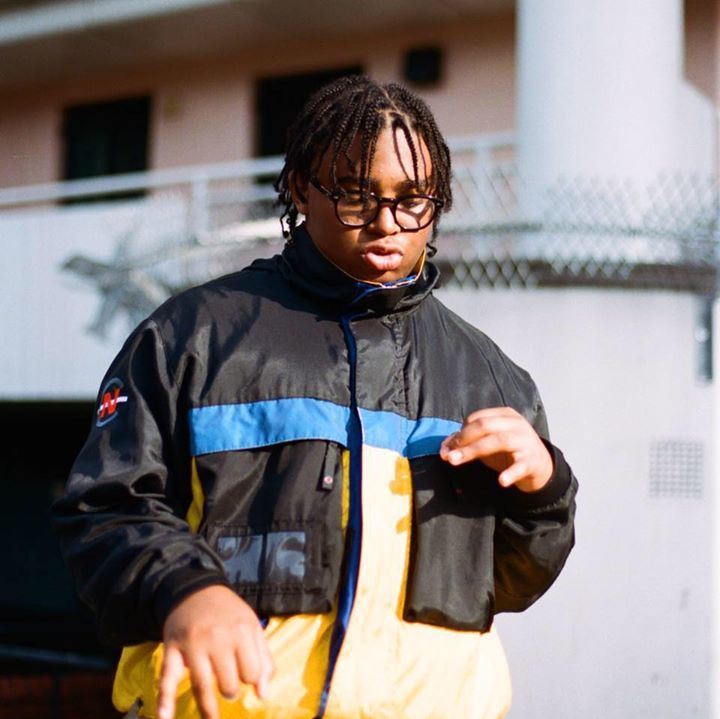The Grammys are going to leave you disappointed.
Accept it, live it, and take it on the chin. It’s been the case since the award show’s inception and will always be that way from now until the end of time.
In 1984, The Police’s “Every Breath You Take” won over Michael Jackson’s “Beat It” and “Billie Jean”. Back in 2005, not only did “Daughters” by John Mayer win over Kanye’s “Jesus Walks”, but he lost Best New Artist to… Maroon 5!
The same is the case in this era.
In back, to back, to back Grammys, there were snubs in the most important category of all: Album of the Year. In 2015, Beck’s Morning Phase was chosen over Beyoncé’s Beyoncé, in 2016, Taylor Swift’s 1989 won over Kendrick Lamar’s To Pimp a Butterfly, and last year Adele’s 25 won over Beyoncé’s Lemonade.
How we process that disappointment, whether through outrage, disappointment or boycotting, is fine — it’s your prerogative. But what we shouldn’t do is get in our feelings and say: “The Grammys don’t matter.” Dismissing the award show is petty, lazy, and a lie we’re only saying to ourselves.
Art is incomplete without an audience. It’s why parents hang their kids’ piece of shit painting on the refrigerator, it’s why there’s an employee of the month award, and why we honor the best in music once a year — we want to be acknowledged for the work we put in.
In late December of 2013, MMG artist Wale damn near lost his mind when the pop culture publication, Complex released its “50 Best Albums of 2013” list. After being left off completely, he called to discuss his grievances, threatening them in the process.
“I swear to God I’ll come to that office and start knocking n****s the fuck out,” Wale screamed in the realized audio footage. “I’ll see y’all tomorrow. Get the security ready.”
In an interview with Power 105.1’s The Breakfast Club that ensuing January, Wale admits that his feelings were hurt, but stood strong on the fact that he was being purposefully overlooked and under-appreciated.
In explaining himself to the the crew, he compared his investment in music to that of an athlete:
“I don’t care about the money, Jo. I like the sport. I played sports my whole life. I like the competitive nature. I like the sport of rhyming. I want to have quadruple entendres on certain records and everybody to be rewinding them… that’s what I care about.”
Co-host Charlemagne countered by saying he should just focus on the music. That channeling what he does it for would be far more productive than going off on a music publication for a subjective list.
While Wale agreed attacking the publication wasn’t his best move, he didn’t easily subscribe to the idea that just “focusing on the music” and using the snub as “motivation” was the answer either.
“How I felt at the time was like: I came into this game when I was 21 years old. I’ve been doing that [using the frustration as motivation] for six years. I got the most played record on urban radio and they didn’t put it on the Grammys. It’s building up on me now. What am I doing wrong?”
Kanye’s infamous moment at the VMAs back in 2009 echoes Wale’s frustration. Ye interrupted Taylor Swift’s acceptance speech at the VMAs — not exactly the most prestigious award out there — to take a stance on an award that he felt Beyoncé, not him, but Beyoncé, should have won.
Artists care; creatives care, even if you don’t. And while the Grammys don’t determine the success of an artist — Nas has 13 Grammy nominations and Snoop has a staggering 17 noms, both with zero wins — it certainly does add a cache that artists are entitled to strive for.
https://giphy.com/gifs/snoop-dogg-vmas-2014-moment-of-silence-ToMjGplxKnHKanBqb72
Whether it’s views, clicks, likes, RTs, Emmys, the Academy Awards, or Grammys, creatives are in it just as much for the public’s perception as they are their personal gratification. If that weren’t the case, these artists wouldn’t show up to the red carpet and we wouldn’t continually tune in.
Award shows are important because they serve as a measuring stick of sorts. They don’t set the standards, but they deem that they should be there. It’s why Rotten Tomatoes is successful, why we have a President approval rating, and why artists are moved to tears when they do win awards.
When artists win awards, they achieve universal recognition and a self-esteem boost that moves the culture, and art, forward.
This upcoming Sunday, at the 60th annual Grammy awards, you will most likely be disappointed. But that’s not the point. The point is that art is being encouraged, and that’s what matters.









![elton [+][-]](https://pbs.twimg.com/profile_images/889535688726777857/pJ8z8M37_400x400.jpg)




